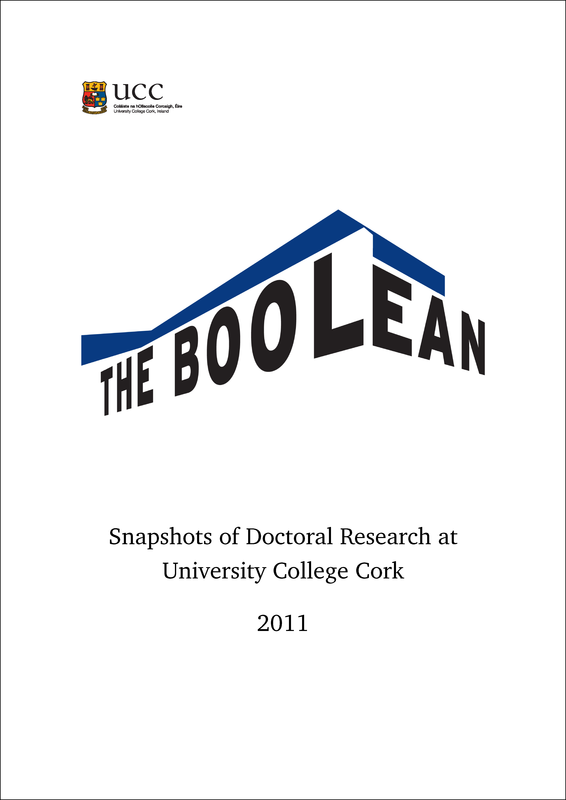The implications of a high energy dense diet on the health of Ireland’s children
DOI:
https://doi.org/10.33178/boolean.2011.23Abstract
Energy density (in relation to food) is a relatively simple concept; it refers to how densely packed with energy a food is and is calculated simply by dividing the calories in the food by the weight of the food. An apple is an example of a low energy dense food while a biscuit is a high energy dense food. Dietary Energy Density (DED), however, is slightly more complex; it is calculated by the same method but it is calculated for a person’s diet rather than a single food. This is easier said than done because in a typical day people don’t only eat food, they also drink beverages. Enter the biggest hurdle in calculating DED – drinks. The inclusion of drinks in the calculation of DED can be very misleading; a pint of water for example has zero calories and lots of weight, giving it an energy density of zero. ...Published
2011-01-01
Issue
Section
Articles
License
Copyright (c) 2011 the author(s)

This work is licensed under a Creative Commons Attribution-NonCommercial-NoDerivatives 4.0 International License.



